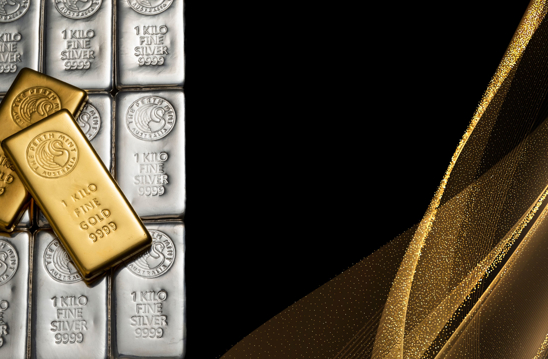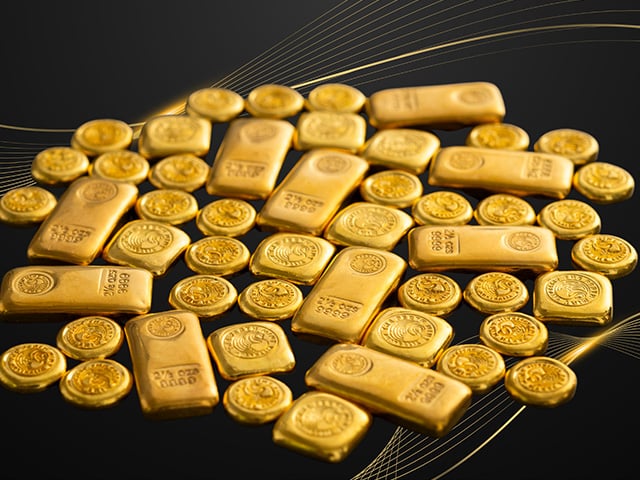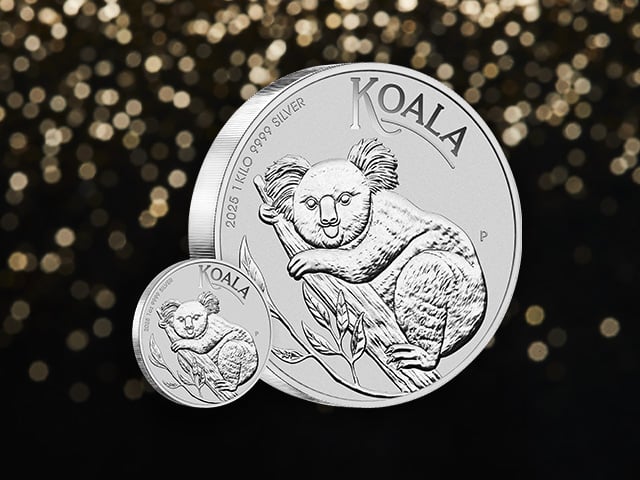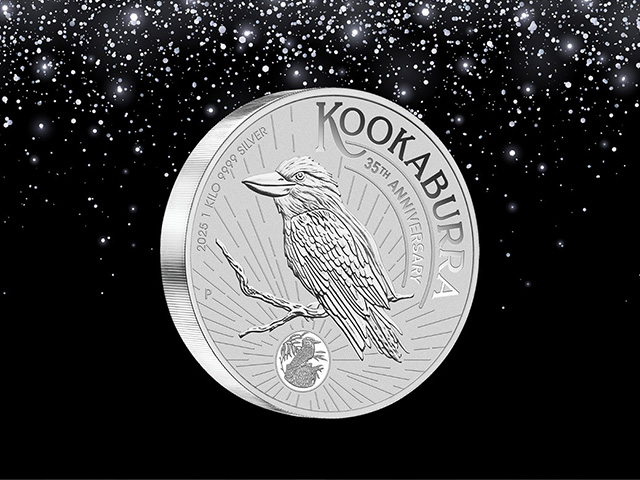GFC vs COVID-19: Is it a repeat performance for gold?
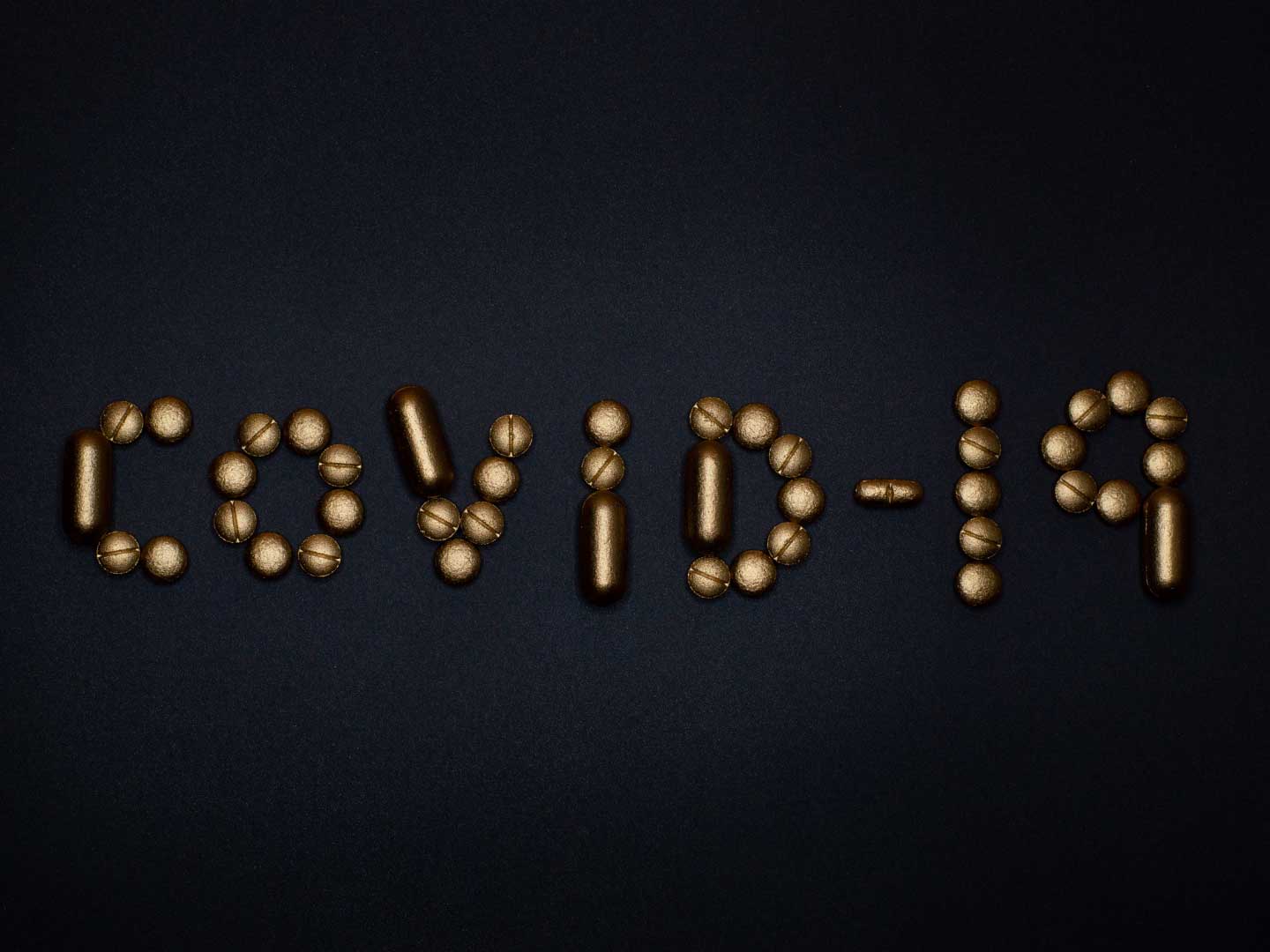
Gold prices have continued their positive market run in Q2 2020, with the yellow metal trading above USD 1,700 per troy ounce.
Gold prices have continued their positive market run in Q2 2020, with the yellow metal trading above USD 1,700 per troy ounce.
The spread of COVID-19 and the economic fallout from steps taken to contain it have been major drivers of gold’s upward move as risk-conscious investors take steps to diversify their portfolios.
The last time the market experienced such huge global economic impact was during the 2008 Global Financial Crisis (GFC) when gold’s upward trajectory seemed to mirror what we’ve seen so far in 2020.
This has led to speculation that gold’s current behaviour is essentially a repeat of its performance during the GFC.
While there are certainly similarities between the gold market during both crises, there are also significant differences.
We explore these below.
Key similarities between COVID-19 and the GFC
1. Gold price movements
Gold prices were strong leading into the GFC, suffered a correction as a liquidity crunch saw investors desperate to raise cash, and then rebounded.
A similar dynamic is at play today. Gold prices shot higher after a dip in March 2020, down from record highs as the crisis escalated around the world.
2. Demand for the precious metal
There is no denying a surge in demand for gold in recent months, with The Perth Mint recording its highest ever month for sales in April 2020.
Sales also peaked during the GFC, with General Manager Minted Products, Neil Vance, commenting to The Canberra Times that “we have seen sales in the last two months that we haven’t seen since the Global Financial Crisis in 2008 and 2009.”
3. Managed money activity
Managed money, a means of investment whereby investors rely on the decisions of professional investment managers rather than their own, has seen a similar movement in activity during the two crises.
Managed money long positions rose from around 65,000 contracts to more than 200,000 contracts at the beginning of the GFC. Following the announcement of quantitative easing (QE) packages they dropped to below 63,000 before increasing over the subsequent 12 months to more than 225,000 contracts as spectators helped push the gold price up by more than 45%.
Ahead of the global economic shutdown caused by COVID-19, managed money long positions rose strongly from just 80,000 contracts in November 2018 to almost 280,000 by late February 2020. Over the past three months they have again been pared back, dropping to just over 140,000 by 12 May 2020.
4. Equity valuations
The Shiller CAPE price-to-earnings ratio shows that equities peaked at a price earnings multiple of around 30 in 2007.
Today, despite the sharp sell-off seen during the first quarter of 2020, the latest estimates suggest multiples are still sitting around 30. This is roughly the same valuation point seen before the more than 50% decline in equities during the GFC.
History demonstrated that investors who hedged against the risk of a sharply falling equity market during the GFC strongly outperformed those who didn’t.
There are no guarantees as to what the future holds, but there seems little reason to think those hedges are not needed in today’s COVID-19 environment.
Differences between COVID-19 and the GFC
1. Health crisis complicates path forward
The nature of the COVID-19 threat itself indicates the potential for a different market outcome for gold to that seen in the aftermath of the GFC.
The GFC was a result of capital misallocation, excessive debt and over-reliance on the financial system itself.
Challenging though it was, there was no public health threat complicating the policy response or the path out of the crisis.
The as-yet unresolved health hazard has forced a policy response which has led to the economic fallout - but there is no way to legislate or print a vaccine into existence. There’s no denying the road forward is significantly more uncertain.
2. Debt levels
Total levels of debt, specially government debt, is another major difference. According to an April 2020 update from the Institute of International Finance (IIF), global debt levels have now topped USD 255 trillion and are sitting at more than 322% of GDP.
That is some 40% higher than when the GFC hit.
There’s no doubt public balance sheets are in a more overextended starting position today relative to a decade ago.
3. Lower yields
Yields are much lower now relative to the GFC.
Across 2007 and 2008, US 10-year treasury yields averaged 4.10%. On 15 May 2020 the US 10-year yield was sitting at just 0.64%, a decline of almost 85%.
Cash rates, too, are the lowest they’ve ever been. Even during the worst of the GFC, the cash rate in Australia never dropped below 3%. Today’s cash rate is 0.25% and implied yields suggest there will be more easing to come. In the US, markets are now pricing in the arrival of negative interest rates by early 2021.
At a portfolio level, the negative real yields on cash and vast swathes of the sovereign debt market combined with richly priced equity markets means prospective returns for diversified investors are far lower today than they’ve been in the past.
This backdrop, combined with the fact that the opportunity cost of investing in gold is significantly lower in 2020 relative to the GFC environment, suggests gold should be well supported for some time to come.
4. Monetary and fiscal policy more expansive
The fiscal response to COVID-19 is dwarfing what was deployed during the GFC.
According to the statistics in an article published by Atlantic Council, the fiscal deficit of all the nations highlighted (when weighted by each nation’s 2009 output) was 4.34% of GDP. The same measurement gives us a projected fiscal deficit of 7.34% of GDP in response to COVID-19.
Government attitude to emergency monetary policy has also differed, with QE packages and zero interest rate policy (ZIRP) now standard elements of the monetary policy response kit. During the GFC, these stimuli were treated as extreme measures, to be used with caution and removed as quickly as possible.
Indeed, in the aftermath of the GFC, it took almost seven years for The Federal Reserve balance sheet to grow by USD 3.5 trillion to a pre-COVID-19 high of USD 4.52 trillion. This time around The Federal Reserve has added more than USD 3 trillion to its balance sheet in just over three months.
5. Supply chain issues and trade uncertainty
Trade tensions and supply chain issues playing out in what may well prove to be a fragile geopolitical environment in the years ahead are another important distinction between the COVID-19 crisis and the GFC.
In time, this will flow through to either lower company profits, higher inflation, or a combination of the two. These trends can be expected to support gold demand going forward.
6. Commodity prices are much cheaper
Leading into the GFC, commodity prices were high, having outperformed stock prices for most of the early 2000s. The situation today couldn’t be more different.
Even before COVID-19 hit, commodity prices were at the lower end of their historical range, having fallen approximately 75% from their record levels seen a decade earlier.
Relative to stocks, they have never been cheaper. The S&P Goldman Sachs Commodity Index to S&P 500 ratio are comfortably below 1 today. When the GFC hit the ratio was more than 8, as shown in the chart below.
7. Social impacts
Most investors are at least somewhat concerned at what the ‘post’ GFC world looks like, given it is characterised by ever-widening wealth inequality and political fragmentation.
COVID-19 has shone an even harsher light on the gap between the haves and the have-nots. This unease has fed higher gold demand.
Summary
There are broad similarities in the performance trajectory of gold through both the GFC and COVID-19 crises and the market response in terms of demand for the precious metal.
However the differences in the macroeconomic, market and monetary sphere suggest wider implications for the asset’s future movements.
The result is that the path toward economic recovery and the outlook for diversified investors is significantly more challenging today than it was just over a decade ago.
This suggests that the outlook for gold is even more positive today, with demand likely to be more sustained as we navigate the uncharted territory of COVID-19.
The article above was adapted from a more detailed analysis by The Perth Mint titled Gold: GFC vs COVID-19 and the inflation myth which was recently published on Livewire. For an in-depth study of the factors impacting gold during COVID-19 and the GFC, read it now.
The Perth Mint offers a range of precious metals storage solutions for investors who want the convenience and security of offshore storage.
DISCLAIMER
Past performance does not guarantee future results. The information in this article and the links provided are for general information only and should not be taken as constituting professional advice from The Perth Mint. The Perth Mint is not a financial adviser. You should consider seeking independent financial advice to check how the information in this article relates to your unique circumstances. All data, including prices, quotes, valuations and statistics included have been obtained from sources The Perth Mint deems to be reliable, but we do not guarantee their accuracy or completeness. The Perth Mint is not liable for any loss caused, whether due to negligence or otherwise, arising from the use of, or reliance on, the information provided directly or indirectly, by use of this article.










